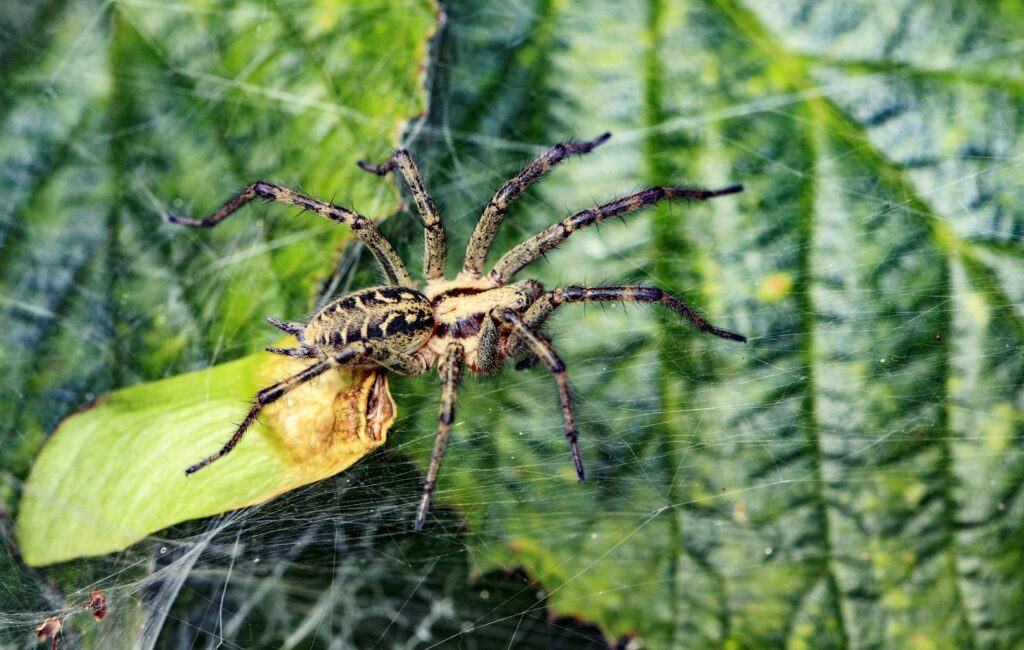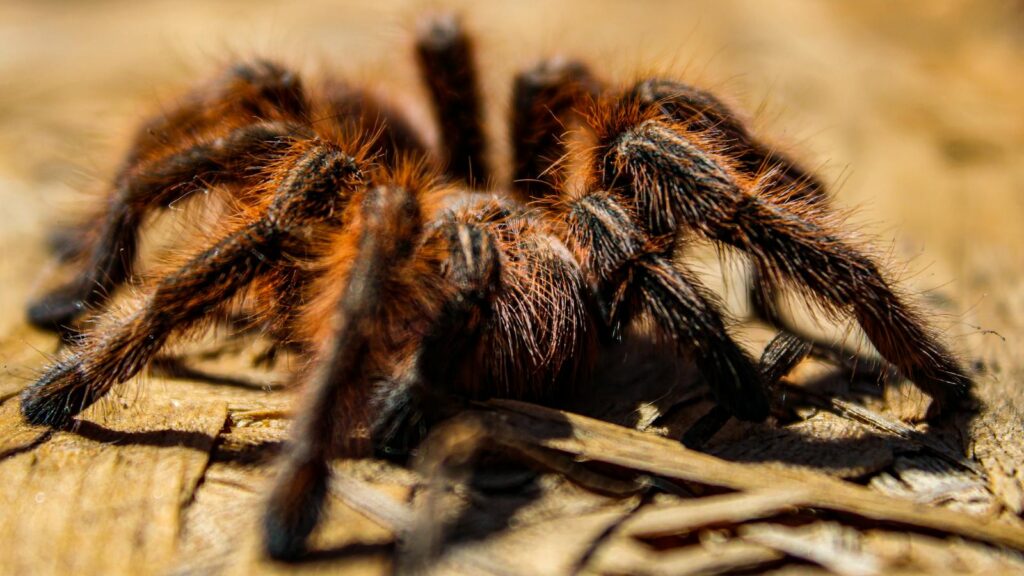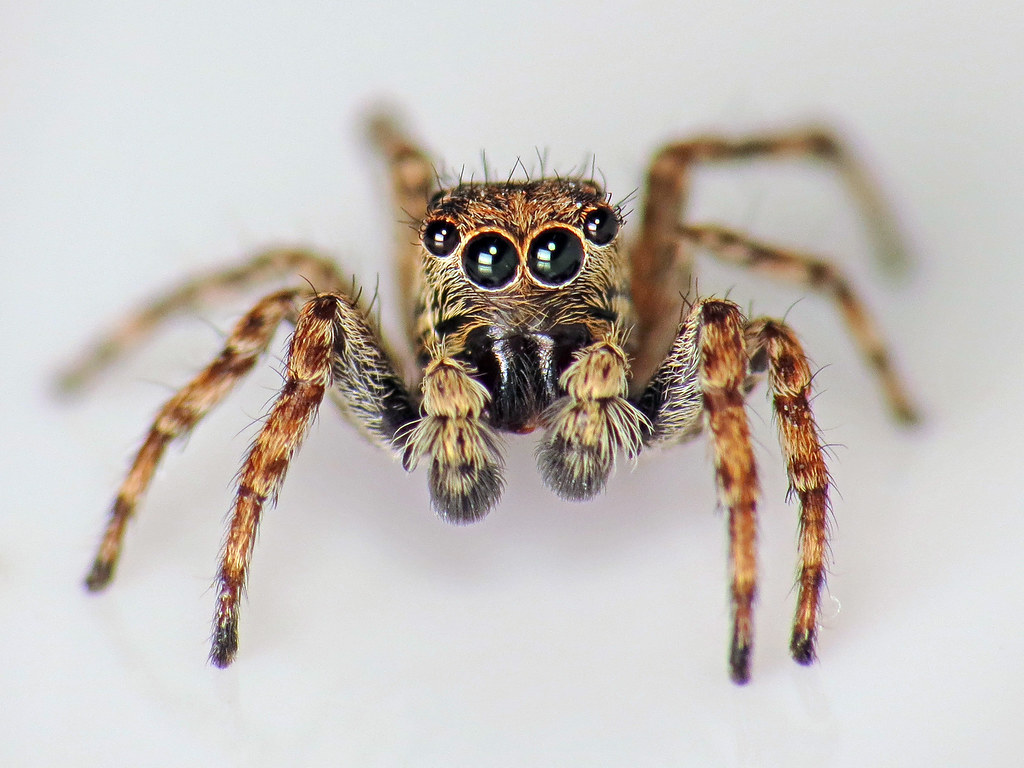How Non Venomous Spiders Can Survive in Extreme Climates
In the vast tapestry of Earth’s ecosystems, few creatures demonstrate resilience quite like non-venomous spiders. These remarkable arachnids have conquered virtually every habitat on our planet, from scorching deserts to frozen tundras, high mountain peaks to humid rainforests. Unlike their venomous counterparts, which often rely on potent toxins for hunting and defense, non-venomous spiders have ...










